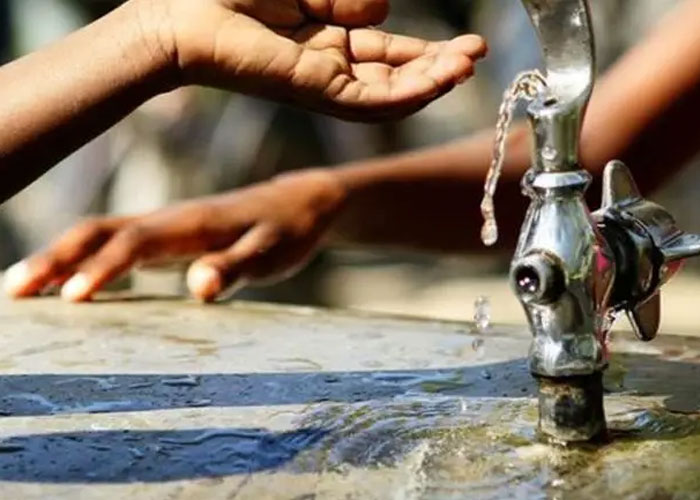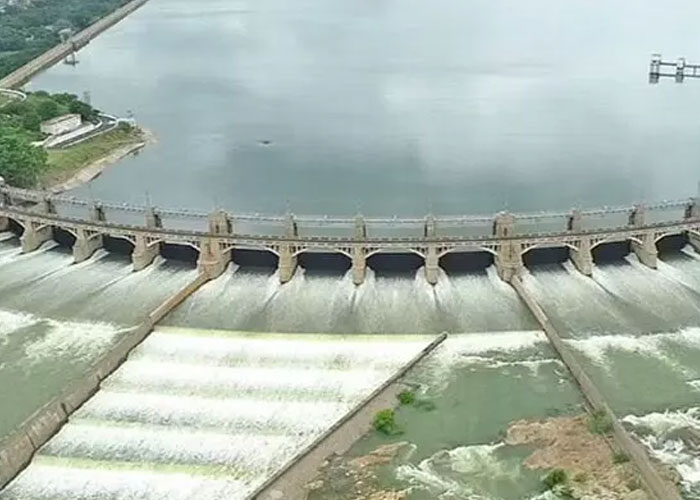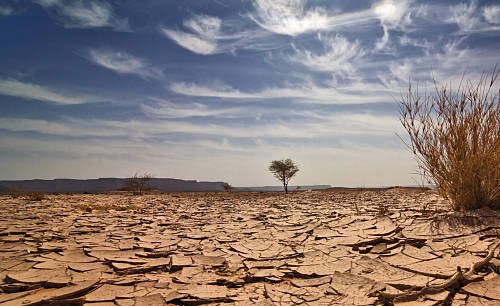With over a billion people and an irregular climate, India has more rain than ever. While this is good for the country's water supply, the long dry spells are not. Too much water rushes over dry soil and into streams and rivers, then into the Indian Ocean. The country's water supply is at risk. And policy flaws are only making matters worse.
Depending on the location of your home, you might have to purchase an STP to handle your sewage. Generally, residential buildings need at least one STP to treat sewage. Many STPs are located underground, making them difficult to maintain. Moreover, you may not be able to inspect them without hiring an expert. It is better to consult a professional if you have any doubts about the process.
The water crisis in India
The Water Crisis in India is a growing concern for the country. The country has 1.3 billion people expected to grow to 1.7 billion by 2050. This means India does not have enough fresh water to meet its water demands. The country supports 16% of the world's population, but it only has 4% of the world's fresh water. To address this issue more must be done to reduce the pressure on the country's water resources.

According to a report released by the NITI Aayog (India's government-funded research organization), 21 major cities are at risk of depleting their groundwater reserves by 2020, leaving almost 100 million people without access to clean drinking water. By 2030, the water demand will double the supply, which means more water is needed. The future of drinking water is grim, and the government is doing everything possible to prevent it.

Increasing water flows
Increasing water flows in India has long been an aspiration for many people and government officials. The country's rivers carry 80% of their total flow during the monsoon and 20% of their total flow during the rest of the year. In the capital, Delhi, the Wazirabad Barrage releases 3.8 x 109 m3 of water every month during the monsoon and only 0.3 x 109 m3 during the rest of the year. The problem is that the country is facing an acute water shortage, affecting agriculture, industry, and the environment.
To address this problem, Indian researchers must devise methods that take into account the unique characteristics of the Indian environment, flow regimes, and water resource development. This requires an integrated approach that uses data from diverse disciplines to identify the best way to increase water flows in rivers across India. With these new tools, researchers can design better water management strategies that benefit rivers and the environment. These efforts are vital for maintaining healthy aquatic ecosystems and sustaining sustainable water use.
Inefficient water management
According to a recent study by the London-based risk analytics firm Verisk Maplecroft, India's major cities are on track to run out of groundwater by 2020. And if this trend continues, hundreds of millions of lives could be threatened. Despite efforts to address the problem, India's water crisis is not confined to the city of Chennai. The country is experiencing an unprecedented water crisis, with over 600 million people facing acute water shortages. By 2020, 21 major Indian cities are forecast to run out of groundwater.
In 2005, global flood losses were six billion dollars. By 2050, that figure is projected to reach $52 billion. 13 of the 20 largest cities in Asia are vulnerable to flooding, including Mumbai, Kolkata, Chennai, and Surat. The study examined a range of river basins in India. Many cities are only a few feet above sea level. Increasing temperatures mean that water levels are rising at an alarming rate.
Impact of climate change
Extreme temperatures and precipitation are expected to increase as the world's temperatures warm up. Increasing temperatures have already been recorded in the Himalayas and have affected southern and western India rivers. Rising temperatures will affect agricultural production, and urban areas will be affected by the heat island effect. Rising temperatures will make draughts and floods more unpredictable. As a result, public health is at stake in many parts of the country.
The monsoon is central to Indian life. It is depicted in ancient Sanskrit poems and Bollywood films. It determines the fates of farmers and governs their diets. It even has its music. But monsoon is no longer as predictable as it once was, thanks to climate change. The intense seasonal rains are becoming more frequent and intense due to increasing global warming. Meanwhile, short-sighted policies by government agencies have left millions of Indians defenceless.







































Share Post